Archives
- 2025-12
- 2025-11
- 2025-10
- 2025-09
- 2025-03
- 2025-02
- 2025-01
- 2024-12
- 2024-11
- 2024-10
- 2024-09
- 2024-08
- 2024-07
- 2024-06
- 2024-05
- 2024-04
- 2024-03
- 2024-02
- 2024-01
- 2023-12
- 2023-11
- 2023-10
- 2023-09
- 2023-08
- 2023-07
- 2023-06
- 2023-05
- 2023-04
- 2023-03
- 2023-02
- 2023-01
- 2022-12
- 2022-11
- 2022-10
- 2022-09
- 2022-08
- 2022-07
- 2022-06
- 2022-05
- 2022-04
- 2022-03
- 2022-02
- 2022-01
- 2021-12
- 2021-11
- 2021-10
- 2021-09
- 2021-08
- 2021-07
- 2021-06
- 2021-05
- 2021-04
- 2021-03
- 2021-02
- 2021-01
- 2020-12
- 2020-11
- 2020-10
- 2020-09
- 2020-08
- 2020-07
- 2020-06
- 2020-05
- 2020-04
- 2020-03
- 2020-02
- 2020-01
- 2019-12
- 2019-11
- 2019-10
- 2019-09
- 2019-08
- 2018-07
-
Our published results also show that
2020-06-15
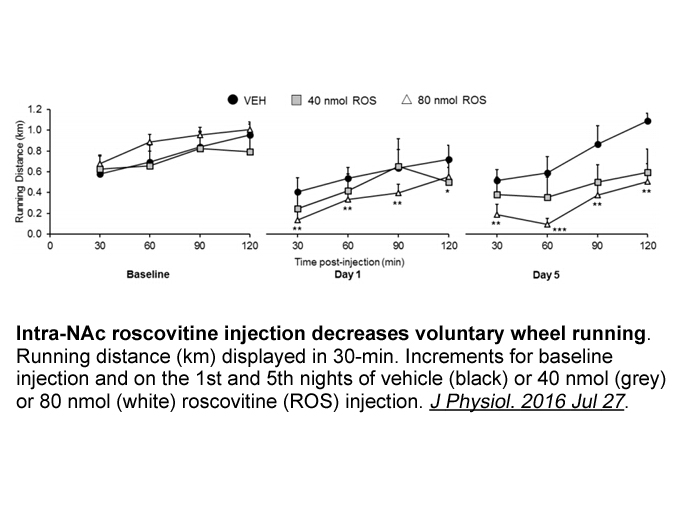
Our published results also show that the Y2 and the Y5, but not the Y1, receptors mediate NPY-induced excitation-secretion coupling in EECs (Abdel-Samad et al., 2012). Thus, it is highly important to consider controlling ET-1 circulating level via blockade of Y2 and/or Y5 receptor activation (Abdel-
-
br Experimental br Results br Discussion In the last
2020-06-15

Experimental Results Discussion In the last two decades, several studies have shown an important role for progestogens, and in particular ALLO, in the modulation of Schwann cell physiology, regulating several biochemical and functional parameters. The classical PR has been found both in rat
-
In our xenograft study Fig Fig we
2020-06-15
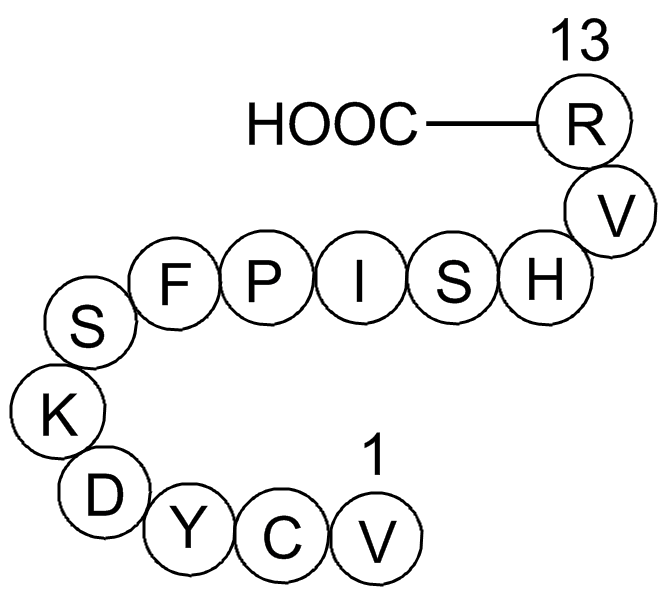
In our xenograft study (Fig. 7, Fig. 8), we observed that DYD acts very similarly to progesterone; the initial faster tumor growth in the PGRMC1-transfected MCF7 tumor was not significant compared with that with progesterone, in Dyphylline to the greater tumor growth observed with norethisterone. Th
-
The upregulation of PTGS and
2020-06-15
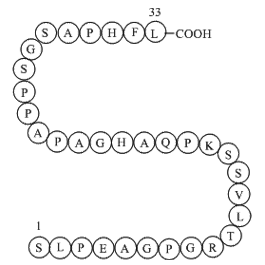
The upregulation of PTGS1 and PTGS2 in late gestation in mares could be linked to the high levels of estrogens produced by the fetoplacental unit. Estrogens are thought to be effective stimulators of prostaglandin production by potentially up regulating PTGS2 expression. Although a recent publicatio
-
br Role of ERK signaling in preventive
2020-06-15
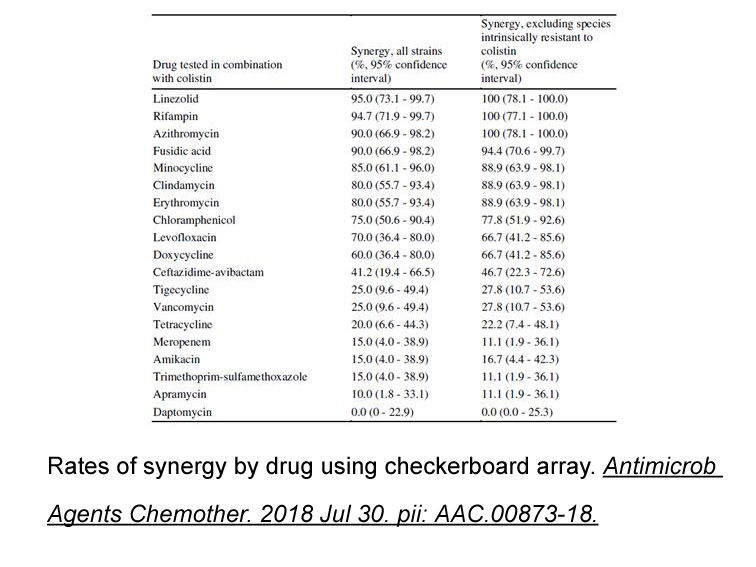
Role of ERK signaling in preventive and therapeutic potential of flavonoids in neurodegenerative diseases ERK is one of the main pharmacological targets of natural phenolic compounds and contributes to several therapeutic approaches including anti-atherogenic, anti-cancer, anti-colitis, anti-arth
-
br Conclusions Nanoparticles can be used to modulate the cat
2020-06-15

Conclusions Nanoparticles can be used to modulate the catalytic activity of various industrially and clinically useful enzymes, as well as pH, temperature and storage stabilities, which will enable the process to occur more efficiently and less costly. The interaction between an enzyme and nanopa
-
br Acknowledgments This work was supported by Grants from th
2020-06-15

Acknowledgments This work was supported by Grants from the National Research Foundation (2010-0000782) and the National Center for GM Crops (PJ008152) of the Next Generation BioGreen 21 Program funded by the Rural Development Administration, Republic of Korea, to W.T.K. Introduction Ubiquityl
-
Addressing whether impaired activation of D and D receptors
2020-06-15
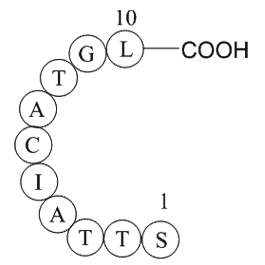
Addressing whether impaired activation of D1 and D2 receptors regulates memory capacity is relevant for all human pathologies that lead to reduced activation of these VUF 11207 fumarate pathways, such as ageing [39], certain genetic polymorphisms [40] and neurodegenerative disorders. In this study,
-
Two primary members of the TRIM
2020-06-13
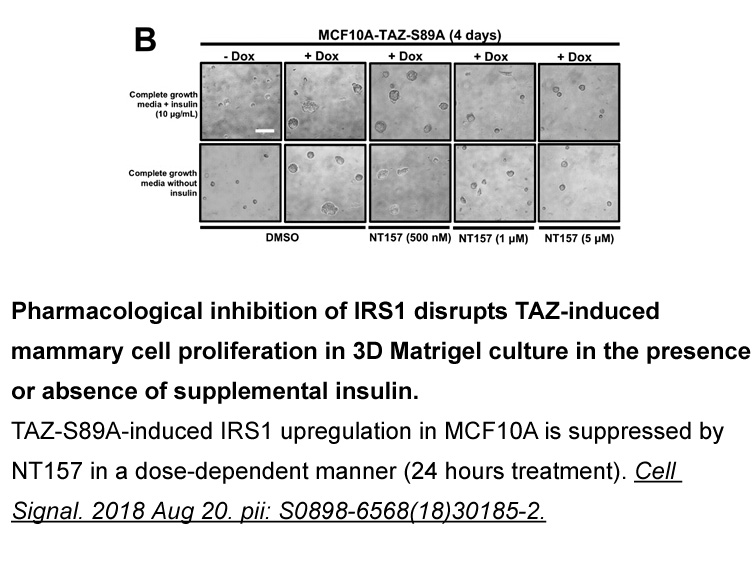
Two primary members of the TRIM family – TRIM5α and TRIM25 – function as antiviral effector and immune regulator, respectively. TRIM5α is one of the best characterized members of the TRIM family (both structurally and functionally) and reported to be an important ubiquitin-mediated regulator of a ma
-
br Methods br Results The
2020-06-13
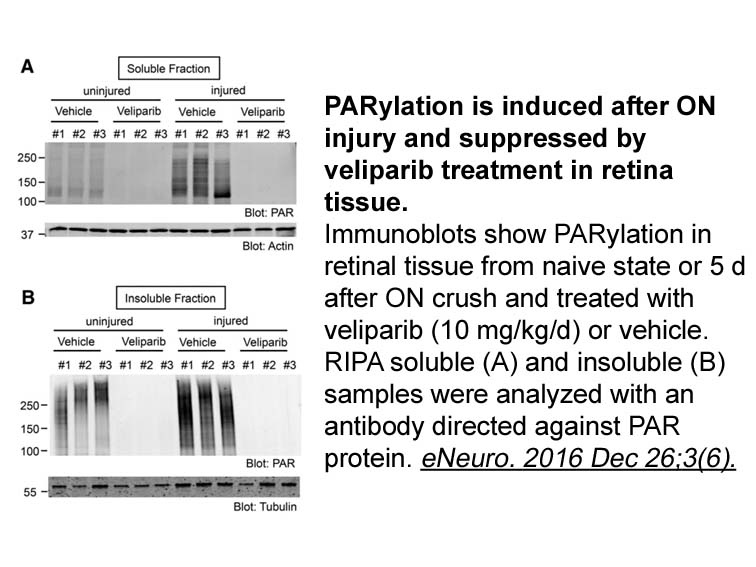
Methods Results The characteristics of the 20 control subjects and 63 patients stratified by SDB severity, matched for age, sex, and BMI z-score, are described in Table 1. As expected, AHI, OAI, ODI, and SLT90% increased and SpO2 decreased progressively with the severity of the disease. Dis
-
In astrocytes mitogen activated protein kinases MAPKs are
2020-06-13
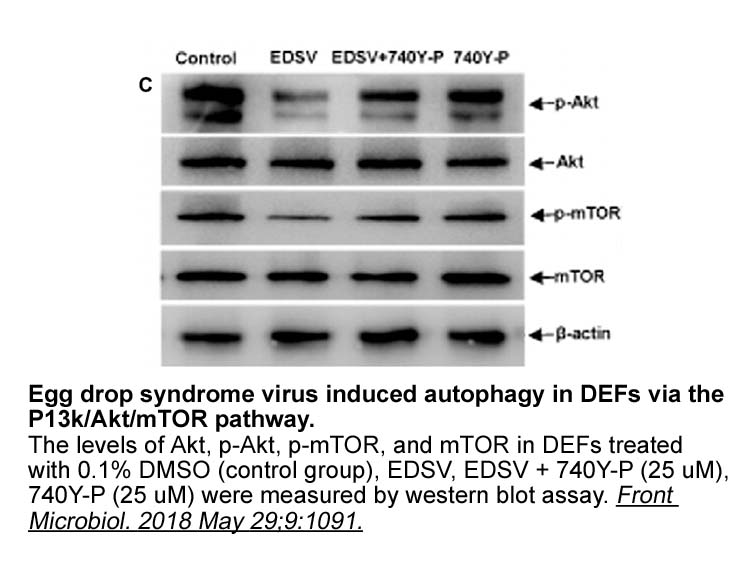
In astrocytes, mitogen-activated protein kinases (MAPKs) are activated after OGD-induced ischemic injury (Yung and Tolkovsky, 2003, Niu et al., 2009) and they regulate induction of AQP expression (Arima et al., 2003, McCoy and Sontheimer, 2010). It is well known that MAPKs, including extracellular s
-
Based on the ability of CRF to modulate
2020-06-13
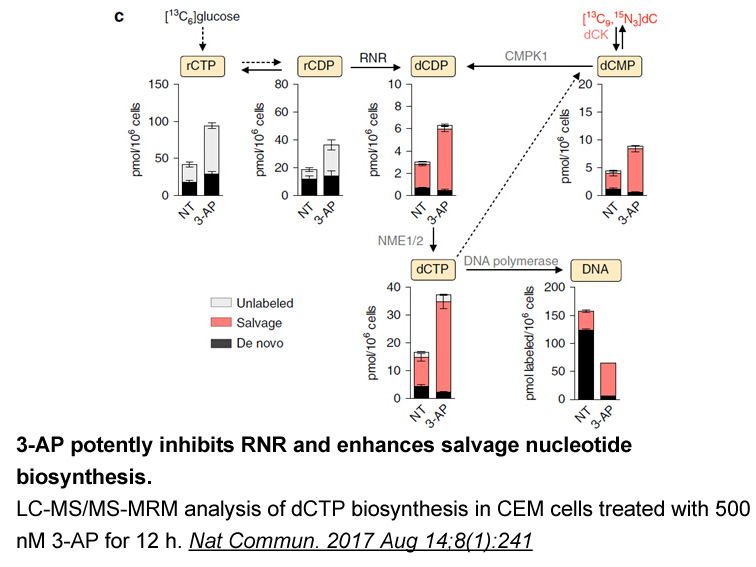
Based on the ability of CRF to modulate nociception, we hypothesized that stress leads to hyperalgesia by the activation of CRF1 and/or CRF2 receptors in the spinal cord. We tested this hypothesis using an acute forced swim as a widely used and easily reproducible stressor and grip force as a measur
-
Flexible alignment of isopropylphenylaminobenzimidazole with
2020-06-13
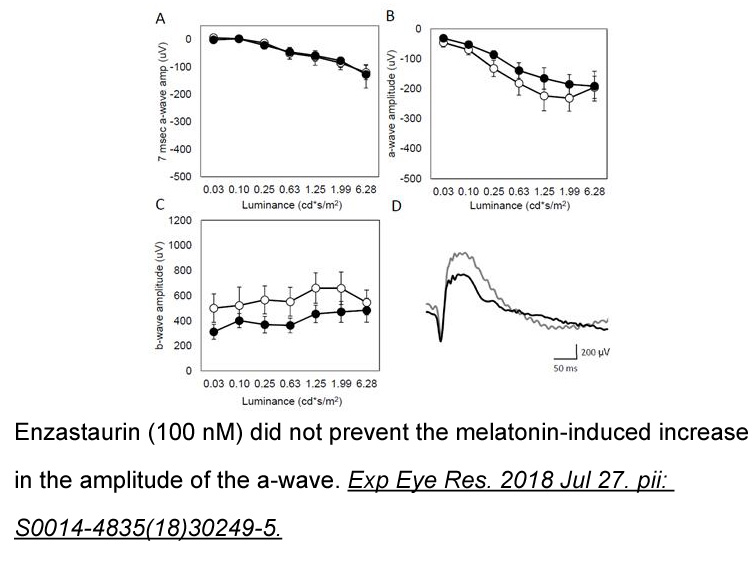
Flexible alignment of 7-isopropylphenylaminobenzimidazole 16 with the lead GSK J4 1 was performed using MOE. It was found that the aryl group of compound 16, exemplified as a yellow circle in Figure 2, overlapped well with the corresponding alkyl chain of compound 1 as well as the other key function
-
The contradictory effects exerted by metals were reviewed
2020-06-13
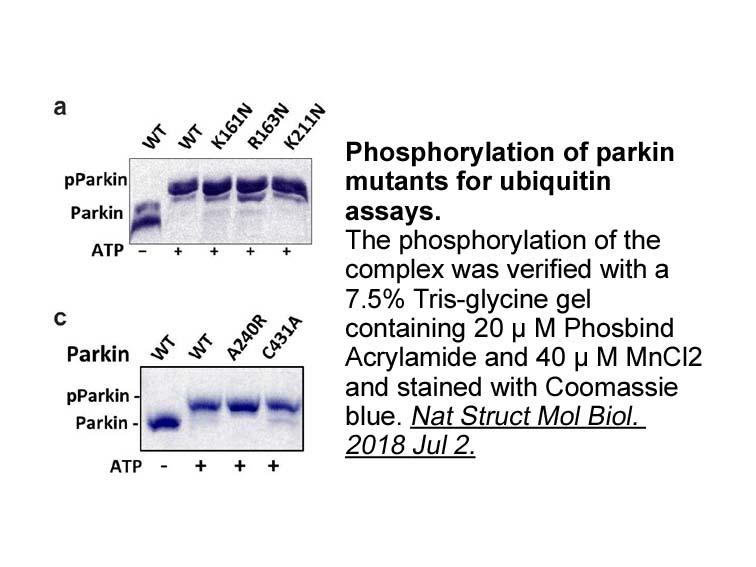
The contradictory effects exerted by metals were reviewed by Nunes (2011) that stated that the concentration and the species of metal can cause specific effects in ChE activity. Being environmentally exposed, the organism can accumulate metals in tissues, increasing their concentrations. Some author
-
To avoid the difficulty of the nonsmooth constraints
2020-06-12
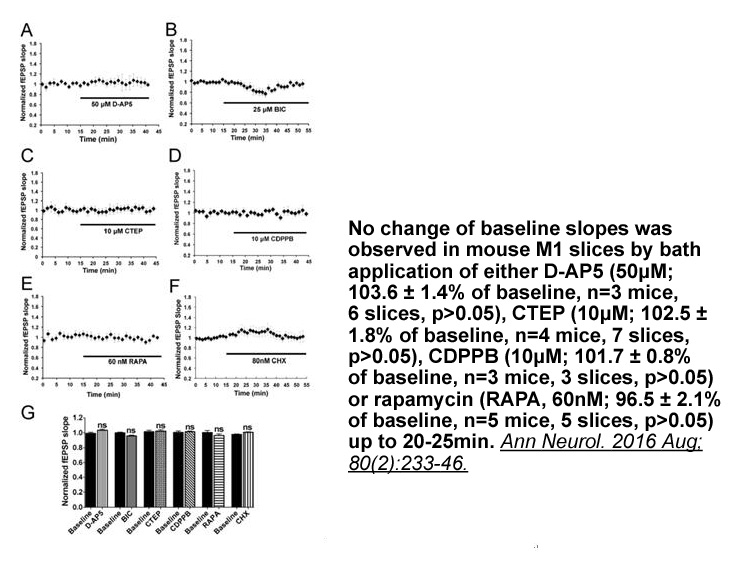
To avoid the difficulty of the nonsmooth constraints, a sequence of smooth problems by using smoothing functions have been progressively approximated this nonsmooth problem. To date, there have been many smoothing functions, such as perturbed Fischer–Burmeister (FB), Chen–Harker–Kanzow–Smale (CHKS),
14329 records 810/956 page Previous Next First page 上5页 806807808809810 下5页 Last page